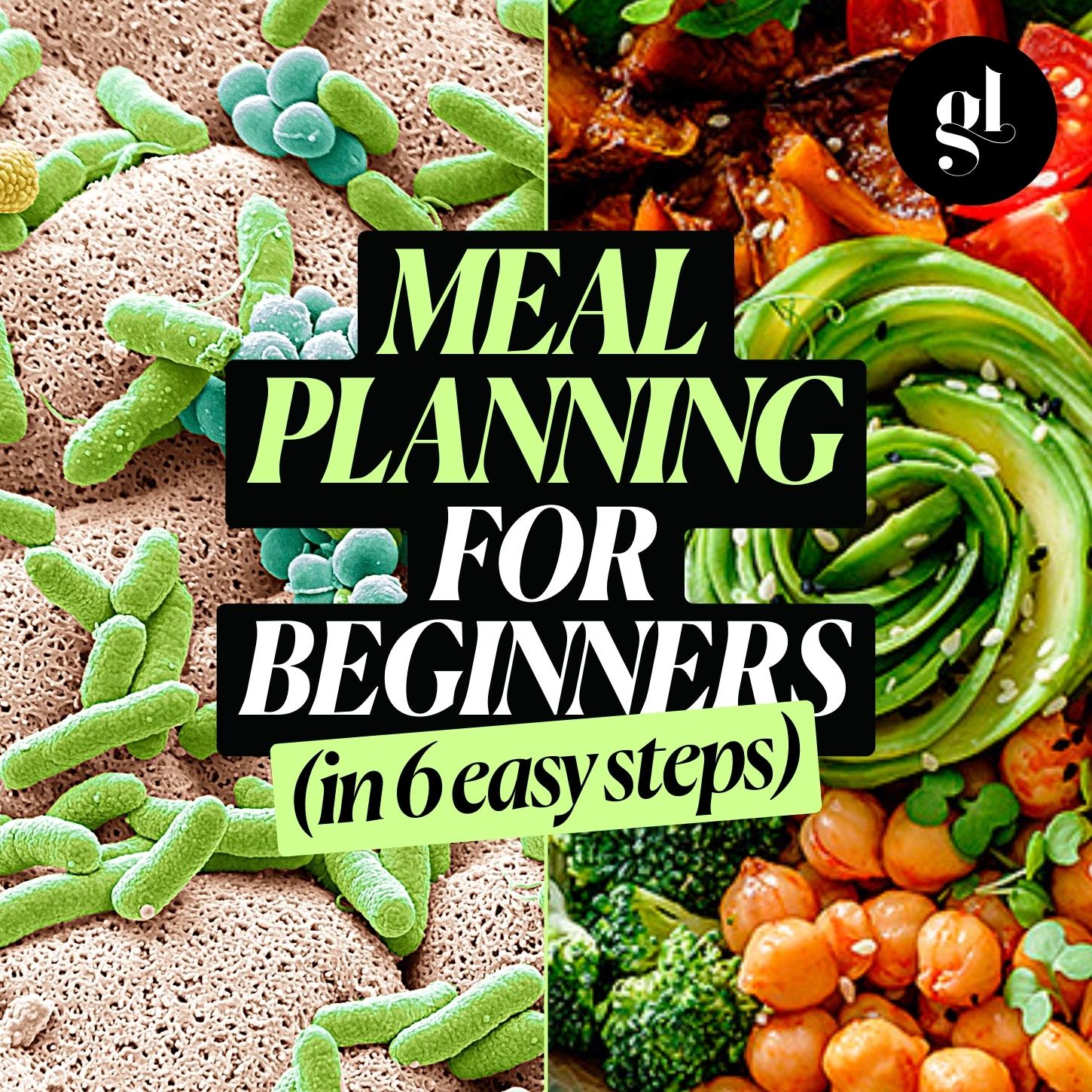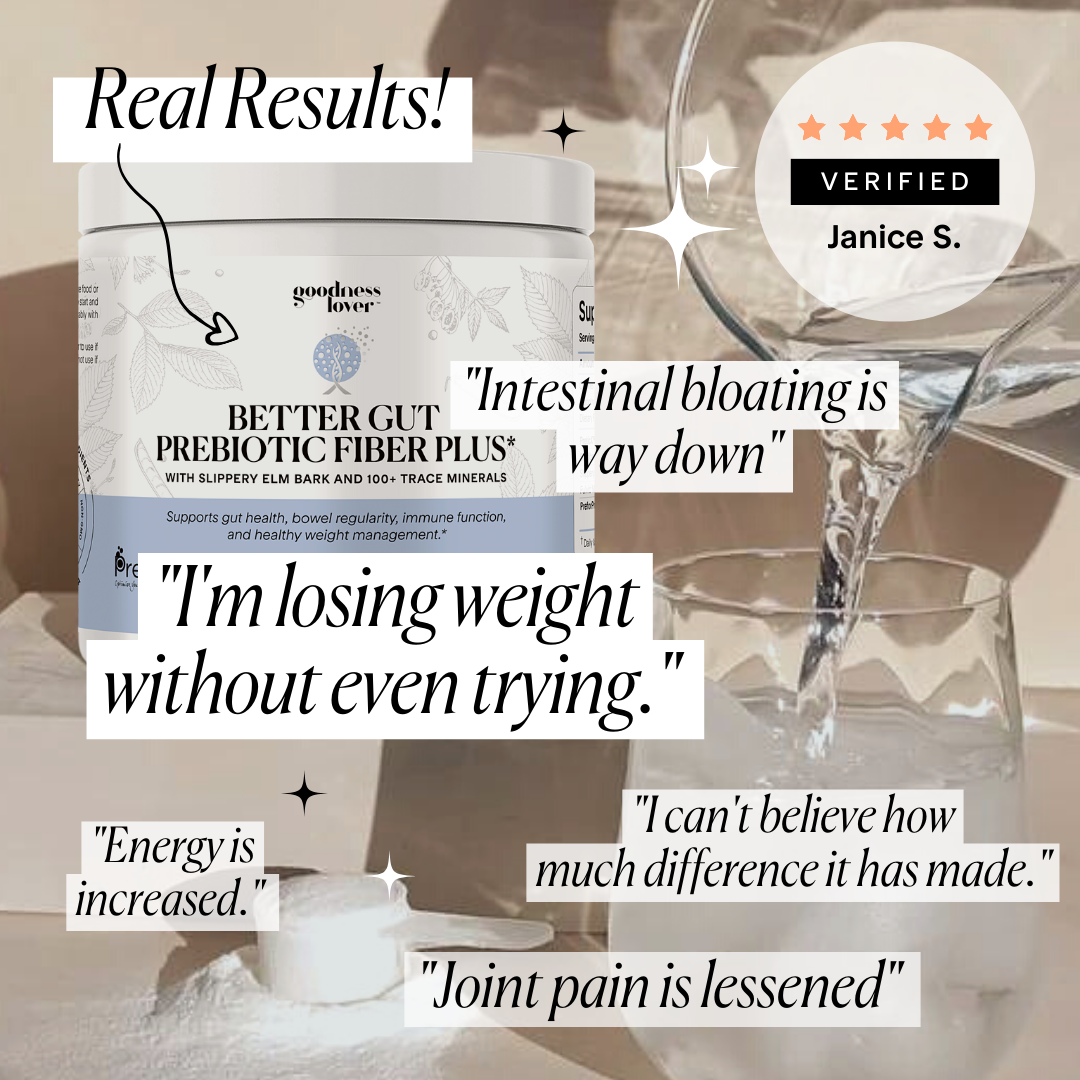Whether you're a busy professional, a parent juggling family meals, or you’re simply looking to eat healthier and save money, this video is for you.
Discover how to streamline your grocery shopping, save time in the kitchen, and ensure you always have delicious and nutritious meals at your fingertips. From weekly meal prep routines to smart ingredient choices, we've got you covered.
Transcript: Meal Planning For Beginners (in 6 easy steps)
You might not be Gordon Ramsay when it comes to whipping up a meal in a jiffy, but with some quality ingredients, some know-how, and a bit of planning, feeding yourself and your family can be a breeze.
And this is what this video is about. I want to share with you the know-how on how to go about creating a meal plan so that you can feel confident and equipped to produce delicious, nutritious, and quality meals before you can even say idiot sandwich.
But before we dive in, please take a moment to give this video a thumbs up. It helps us tremendously and lets us know what kind of videos you like. And, if you’re new, then welcome, I’m so glad that you’re here. Go ahead and hit that subscribe button. Not only is it free for you, it also means you will get a notification every time we release a new video and well, what could be better than that?!
Now meal planning doesn’t have to be a tedious and overwhelming stress fest. When done right, it can save you time, energy, and hard-earned moolah.
Plus, it'll cut down on the mental strain of constantly deciding what to eat, aka decision fatigue.
Yes, I’m not going to lie, it does require an initial investment of your time, but the return you get in terms of saving time later during the week is priceless.
What’s more, when life gets hectic, you won’t have to resort to unhealthy fast-food options AND you can make sure you’re getting all the nutrients you need to kick butt.
Ok, so are you ready to become a meal-planning boss? Alright, buckle up, let’s hit the road.
1. Take an inventory
Start by taking stock of what you already have in your fridge and pantry. The main question is: which foods do you always want to have at home? Grains, beans, and pasta are fantastic options for quick meal prep. Plus, these pantry foods last for a long time and can be used as the base for various dishes.
This step is also a good opportunity to throw away any old or expired items in your fridge and pantry that are taking up precious real estate. Consolidate things into smaller containers or freeze anything that you can reheat and consume at a later date (because ain’t nobody got time for food waste).
2. Choose your dishes
Now it's time to choose your dishes! You can gather ideas from lots of different places - food blogs, recipe books, family favorites, or your own creations if you wanna get really wild! It can be helpful to write a recipe master list of delectable delights that you can refer to and add to as you go along.
If you have a favorite plant-based chef or recipe, please pop it in the comments below. I always love finding new plant-based inspiration, and I’m sure others do too.
When planning meals for the week, why not jazz up your shopping list and make bulk cooking a breeze? Select recipes that share some key ingredients but also mix it up with diverse flavors and ingredients to get maximum nutrition. By doing so, you'll be sure to create tasty meals AND stay healthy!
Note that your portions or nutrients of concern are specific to you. For example, if you are low in magnesium, eat foods that are rich in magnesium. You may also have a particular health goal or condition, such as diabetes or weight loss. Think about what is unique to you and then adjust what goes on your plate.
Create your meal plan using a pen and paper, whiteboard, or use a digital format. You could even use a free meal planning template and simply print it off and laminate it so you can reuse it each week.
3. Create a shopping list and buy the ingredients
Before you start cooking up a storm in the kitchen, you need to create your shopping list.
Check first your inventory and plan accordingly. Then, consult the recipes you've chosen to determine what additional ingredients you'll need.
When it comes to creating your shopping list, find a method that works for you. Whether you prefer the good old-fashioned pen and paper or the convenience of a meal planning app, there are plenty of options out there. Some meal planning apps such as Mealime includes an option for a shopping list. It also offers a wide range of vegetarian and plant-based recipes to choose from.
What a lot of people forget to do here is to consider the serving sizes and adjust the ingredient amounts needed. In the comments, I’ll put a link to a recipe converter which helps to calculate how much of each ingredient you need.
Now that you have your grocery list, it's time to go hit the store. Here are some things to keep in mind while perusing the aisles:
- For fresh produce, inspect closely for signs of decay. Avoid moldy or slimy pieces, soft or mushy spots, and anything with a bad smell.
- Look for fruit that is not fully ripe, unless you want to consume it immediately.
- If you're buying packaged produce, check the eat-by-date to make sure it will last for your meal prep needs.
Remember, the fresher the produce, the better the taste and nutrition.
4. Choose a meal prep day
This is the initial sacrifice of time I talked about earlier. But trust me, what I have found is that setting aside some time early on in the week, will save you a hundred-fold later on. Okay, maybe that’s a tad exaggerated, but I’m trying to emphasise just how much time you can save before every other meal in the week.
So, what’s the best day for you to do the bulk of the meal prep? Don’t worry, I’m not talking about an entire day, just a few hours that you can get your cook on and prep some magic.
While Sundays work for many, pick a day that fits your schedule. This can even change every week if you really need although I find sticking to the same day easier.
5. Prep time
Ok, so are you ready to start the fun part? Gather all your food ingredients and cooking equipment, put on your favorite tunes, and get cookin’!
Whether it's a delicious lentil dahl or a big pot of hearty soup, having some tasty meals already prepared is guaranteed to make your week easier - and tons more enjoyable!
Therefore, it’s a good idea to cook up big batches and store them in the fridge for easy access throughout the week. Think pre-cooked quinoa, buckwheat, chickpeas, lentils, kale, carrots, and cabbage, as well as a range of sauces and condiments ready to go for quick, delicious meals. Don’t forget to soak your legumes and whole grains for a day or two prior to cooking.
Chop up your raw fruits and veggies and store them in containers until you're ready to eat. This trick is especially beneficial for smoothies, where you can conveniently throw all your ingredients into the blender. For salads, don’t add the dressing yet and slice up tomatoes and avocados at the last minute as they tend to oxidize faster when cut.
6. Bon appetit!
Your prep work is done, and now it's time to enjoy the spoils. But before you hook in, here are some tips to make your food last.
The majority of cooked dishes can survive up to four days in the fridge, while freshly cut fruits and vegetables can last up to a week. It’s best to store them in water so they maintain their freshness. Most frozen foods can keep from three months to an entire year!
Soups, stews, chilis, casseroles, baked pasta dishes, and burritos freeze well. Remember to leave some room in the container for expansion. And don't be that person who forgets what's in their containers. Label them clearly with a label maker or Sharpie with the contents and date.
Congratulations!
How easy was that? You can now meal plan like a pro! And obviously, the more you do it, the better you’ll get at it.
Now remember, this is not a two-week diet that will kickstart a weight-loss program; it’s a decision to make a long-term healthy eating change. So if you stray from the guidelines now and then, don’t beat yourself up about it. There are no brownie points in sticking to the plan to a tee. It’s better to take the principles on board and improve your diet and health while still maintaining a healthy relationship with food and enjoying life beyond what you put in your mouth.
Also, factor in some of what I call “lazy days.”
As much as we try to plan every detail of our lives, sometimes unexpected circumstances arise. But that doesn't mean you can't still plan for success. Even the most autonomous among us tend to have a few "go-to" meals or snacks that we can rely on whenever we need a quick fuel-up.
So what are your go-to's? Make a list of at least three favorite meals or snacks that you can whip up on autopilot. Whether it's a homemade smoothie bowl, roasted sweet potatoes, or hummus and veggie sticks, these easy options can fill in the gaps when you're feeling stumped on what to eat.
When done right, meal planning can become a simple, stress-free and enjoyable process that gets you preparing healthy, nutrient-dense feasts in no time.
So that’s a wrap for today’s video. If you haven’t liked and subscribed yet, here’s a reminder to do so now.
And if you’re looking to craft the perfect plant-based meal plan and want to hear from some experts on what they deem to be the top principles of an optimal diet, check out this video here. See you in the next video!













What Do You Think? Comment Below: